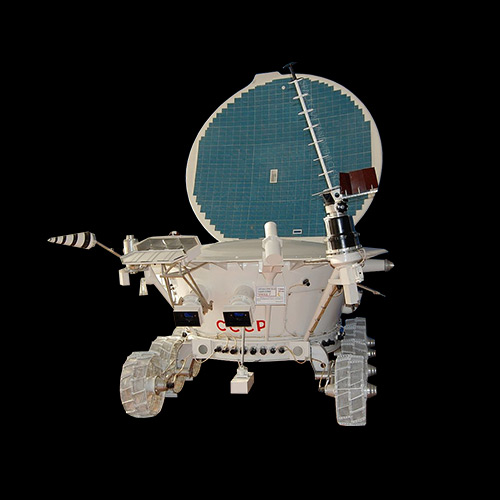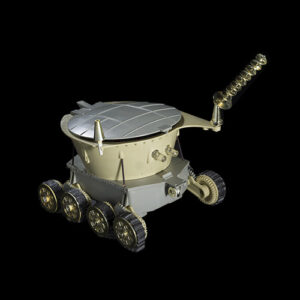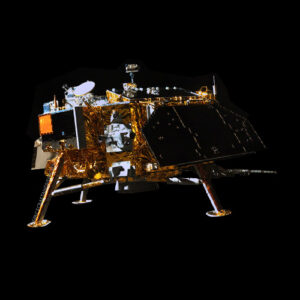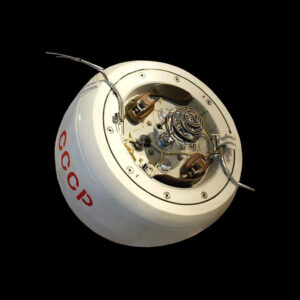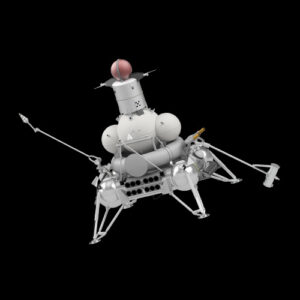Lunokhod 2, a Soviet lunar rover, was launched on January 8, 1973, as part of the Luna 21 mission. The rover’s primary objective was to explore the lunar surface, conduct scientific experiments, and transmit data back to Earth. Landing in the Le Monnier crater of the Moon’s Mare Serenitatis on January 15, 1973, Lunokhod 2 became the second robotic rover to operate on the lunar surface. Its mission represented another significant achievement in space exploration during the Soviet era.
Design and Construction
Lunokhod 2 was meticulously designed and constructed to withstand the harsh lunar environment while conducting extensive scientific investigations. The rover featured a robust and innovative design, equipped with solar panels for power generation and a suite of scientific instruments for lunar exploration. Its instruments included cameras, spectrometers, an X-ray spectrometer, and a laser retroreflector, enabling comprehensive analysis of the lunar surface.
Constructed from lightweight yet durable materials, Lunokhod 2’s design prioritized mobility and autonomy, with a unique eight-wheel drive system allowing the rover to traverse rugged lunar terrain. Equipped with a robotic arm and sample collection system, Lunokhod 2 could analyze lunar soil and rocks, providing critical insights into the Moon’s geological history and composition.
Mission Objectives
- The primary objective of Lunokhod 2 was to explore the lunar surface, conduct scientific experiments, and transmit data back to Earth.
- Secondary objectives included studying lunar geology, characterizing the lunar environment, and assessing potential resources for future exploration.
Launch and Deployment
- Lunokhod 2’s exploration of the lunar surface provided valuable data on lunar geology, composition, and structure, enhancing our understanding of Earth’s natural satellite.
- The rover’s instruments detected various lunar minerals and elements, including titanium, iron, and aluminum, providing insights into the Moon’s geological diversity and resource potential.
- Lunokhod 2’s observations of the lunar surface and subsurface contributed to ongoing research efforts in planetary science and lunar exploration.
Technical Specifications
- Lunokhod 2’s successful mission represented another milestone in lunar exploration, demonstrating the capabilities of robotic rovers for planetary exploration.
- The rover’s scientific discoveries continue to inform our understanding of the Moon’s history, geology, and potential for future exploration and utilization.
Current Status
Lunokhod 2’s mission concluded in June 1973, after operating on the lunar surface for over four months. During its mission, the rover traveled a total distance of 37 kilometers (23 miles), transmitting valuable data and images back to Earth.
Despite its mission’s end, Lunokhod 2’s legacy lives on in the annals of space exploration, serving as a testament to human ingenuity and technological achievement. The rover’s success paved the way for future lunar exploration missions and inspired generations of scientists and engineers.
